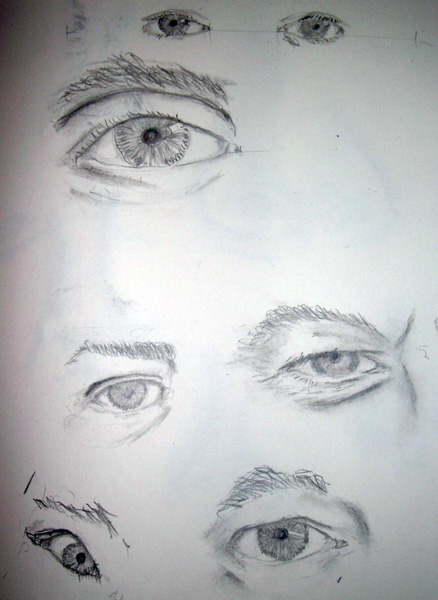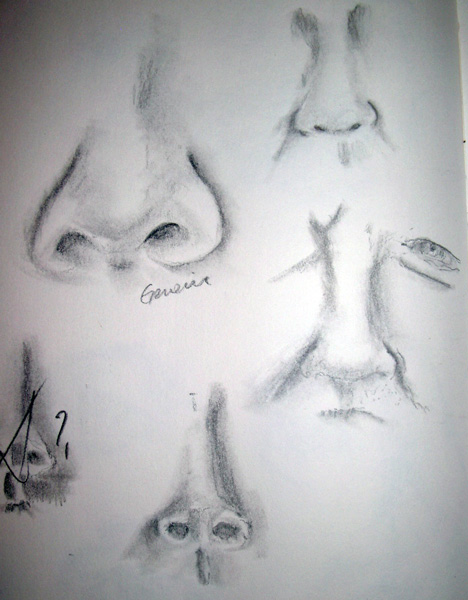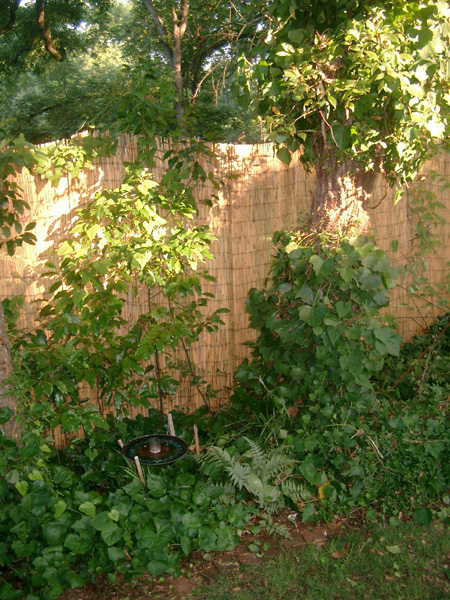I have begun rereading Art & Fear, by Bayles and Orland. If you have not read this book, stop reading this blog and do not rest until you have your own copy in your hands. Do not borrow it, do not check it out of a library. Buy it. You need it.
My Lichtenbergian nature will not let me plunge directly into the artmaking that I have promised to do. I must have something to distract, to postpone. Cras melior est. So here’s the first of personal responses to my reading.
Basically, those who continue to make art are those who have learned how to continue, or more precisely, have learned how to not quit. [p. 9]
That’s what I like about this book: it states what is obvious once it’s been stated. Learning “not to quit” seems like a truism, a statement so clearly true that it needs no explanation, like “the sun rises in the east,” or “Dick Cheney is the embodiment of evil.”
In my Arts Speech, I make the equally unassailable case that not only do all children in every culture constantly draw, sing, dance, and pretend without let, so did all of us. Why is it that some of us, most of us in our culture, stopped?
In my own case, I know that I never did. I never stopped creating. So why is learning “not to quit” an issue for me?
For me, the answer lies in a subsequent statement in the book: “Artists quit when they convince themselves that their next effort is already doomed to fail.” It’s not that I believe necessarily that the next painting is doomed, or the next composition, but I know that I am more than likely facing a series of small, unrelenting disasters. I know that when I’m finished, the painting or the music will work just fine and in fact will probably be better than I first thought. It’s just that all the successive approximation I am going to have to hack my way through is just another way of saying, “Oh look, another failure” over and over and over.
That’s tiresome, and it’s no wonder that I fear it. For one thing, I have to assure myself that I have time to hack my way through the mini-failures on the way to success. I am not, at this point, a person who can just drop into the Flow. It takes a while for me to unhook the split focus that comes from sitting down to work when I know that any minute I’m going to be called back into the Real World to Pay Attention to Something. If I don’t sense that I have a sufficient block of time to go past the boundaries of everyday life into what Dissanayake calls the “liminal phase,” then I hesitate, fearfully, even to start the process.
A part of this is not having a space permanently set up for my activities, so that if I choose to compose, I have to clear a space on the desk for the keyboard, get out the score paper, etc., etc. If I want to paint, I have to set up all my painting crap, and since I’ve started using the labyrinth as my studio, it means hauling it all to the back yard, and then saving enough time to break it all down.
I know, that’s foolish, and one of the good things about this Summer Off is that I will be able to set up a regular schedule and have my space set up for that schedule. I think probably that I will compose in the mornings, because I can do that with my coffee; and paint in the afternoons, despite the heat.
To be continued…



